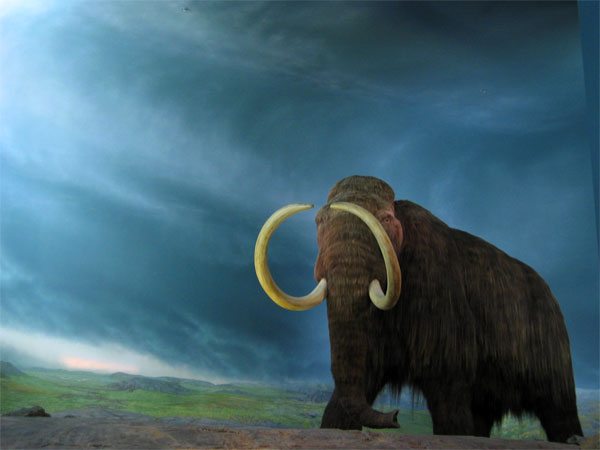Bring back the woolly mammoth!
The concept of cloning a woolly mammoth has been a long, ongoing scientific mission. For several years, scientists have been outlining ways in which we could theoretically ‘de-extinct’ the mammoth.
The last surviving population of Mammoths died out around 1650 BC, when the Great Pyramids of Giza were already a thousand years old. The relative recentness of their demise means that the frozen and preserved carcasses of mammoths that are occasionally unearthed have a higher chance of containing intact DNA, which could then be used to create living mammoth specimens.
The acquisition of preserved mammoth genetic material from these frozen remains have recently led to some big developments in the de-extinction of the woolly mammoth. In April, it was reported an international team of researchers had sequenced the genomes of two Siberian woolly mammoths.
This accomplishment was achieved through the analysis of highly fragmented DNA samples from the specimens of two mammoths. Whilst this is a significant step forward in the possible cloning of mammoths, the team of researchers claimed they are not aiming to clone a mammoth themselves.
This endeavour falls then to scientists such as geneticist George Church. In March, he and a group of researchers at Harvard University copied genes from preserved mammoths and spliced them into the genome of an Asian elephant.
The group’s ultimate aim is to turn the elephant/mammoth skin cells into hybrid embryos. These hybrids would then be grown in artificial wombs, which allow for pregnancies outside of an animal’s uterus. This avoids having to implant the hybrid mammoth embryos into the wombs of female elephants, which would be considered unethical and possibly harmful for the elephants.
However, while this sounds very exciting, we are still far away from achieving the dream of cloning a mammoth. In order to create an embryo frwom the hybrid cells, a lot more research needs to be carried out. As Church stated: “Just making a DNA change isn’t that meaningful”.
There are also the ethical concerns to consider if we want to start the process of de-extinction of animals such as mammoths. Some critics of de-extinction argue that we should use our time and resources to conserve the endangered species we have already got, such as the African elephant. It’s a worthwhile question to consider – should we bring back mammoths when their living relatives are facing possible extinction?
The road to cloning a mammoth is a long one that is fraught with obstacles. Despite this, several significant developments have been made lately. Fingers crossed then it won’t be too long until we get to experience a living mammoth in the wild. Or at least, a mammoth/elephant hybrid that’s almost but not quite an actual mammoth… eh, close enough.

Comments